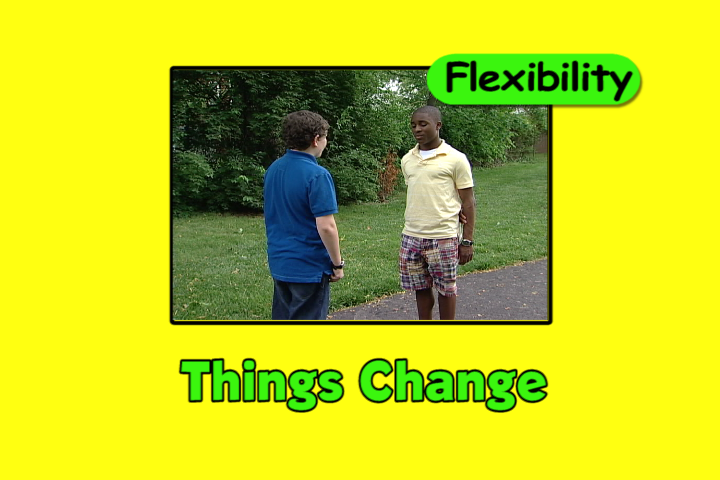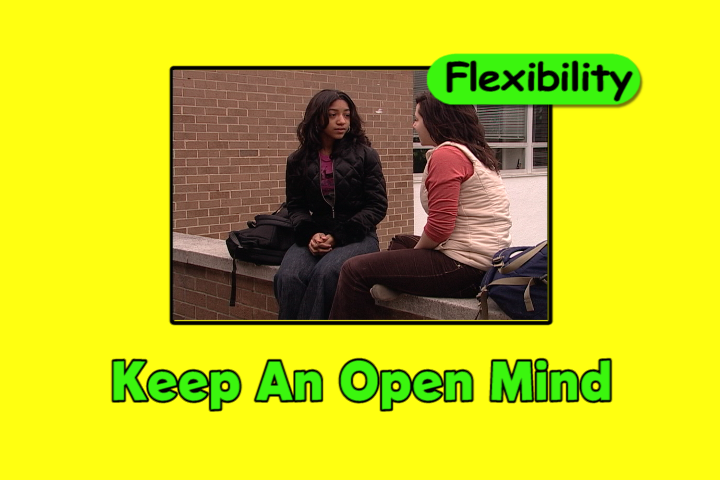
Social Skills training
Individuals with Autism often need a structured approach to help them develop and improve their social communication, interaction, and behavioral skills. Read below for teaching tips.
Shop
Not Just for Autism
Tier 1 Accessible
Model Me Kids was originally designed for neurodivergent learners, especially individuals with Autism, but it’s actually very accessible and valuable for Tier 1 neurotypical learners too. Here’s how:

Clear, Visual Instruction:
Neurotypical learners also benefit from seeing skills modeled visually rather than just hearing about them. Video modeling taps into visual learning, which is powerful for almost all students, not just those with special needs.

Concrete Examples of Abstract Concepts:
Many social-emotional concepts (like empathy, boundaries, perspective-taking) are hard to teach with just words. Neurotypical students can also struggle to fully grasp these without real-life examples. Watching relatable peer models makes the concepts concrete.

Universal SEL (Social-Emotional Learning) Alignment:
Model Me Kids videos and materials line up beautifully with Tier 1 SEL goals like relationship skills, self-awareness, responsible decision-making — which are part of almost every mainstream curriculum today.

Short, Focused Lessons:
The short, targeted nature of each video clip makes it easy to use in whole-group instruction without losing neurotypical learners’ attention spans.

Inclusive Teaching Practice:
Using Model Me Kids universally sends a message that everyone can learn and practice social skills — reducing stigma around receiving extra help.

Built-in Differentiation:
The second half of each video lesson is presented without narration. This allows customization for each student. In addition, teacher’s guides and student workbooks allow you to easily adapt depth and discussion level — offering open-ended questions for neurotypical learners to extend thinking, and more structured questions for students who need it.
Teaching Tips
Social Skills Training

Watch:
The videos demonstrate social rules both visually and with narration. Stay near the student so that you can explain and answer questions. Facilitate pausing and rewinding as needed to reinforce the lessons. In addition, take an active role in explaining the skills, using the videos as support.

Target One Skill:
The video is divided into chapters; each chapter is a unique skill. Chapters make it easy to target one skill at a time. Target a unique skill and teach it to mastery.

Social Skills Training Visuals:
Each scene lasts between 30 seconds and 3 minutes, depending on the chapter. At the end of each chapter is a storyboard summarizing the rules demonstrated and photos illustrating the rule laid out in story form.

Social Skills Training Mastery:
Focus on the skills in one or two chapters at a time, depending on the abilities of the particular child. Once the skill is mastered in a variety of settings, move on to a new chapter while practicing and maintaining the rules already learned.

Practice & Generalization:
Due to the difficulty that students with Autism Spectrum Disorder have in generalizing skills, once a skill or rule is understood, it is important to practice it in a “real world” environment.

Manuals & Workbooks:
Teaching manuals and student workbooks are available for many of our videos. The teaching manuals contain lesson plans that help extend the lessons taught in the videos.
Storyboards
Show end-of-chapter storyboards as a slideshow. They are useful for visual teaching and testing mastery of skills in the video.
Sample Storyboard from Model Me Tips & Tricks™



